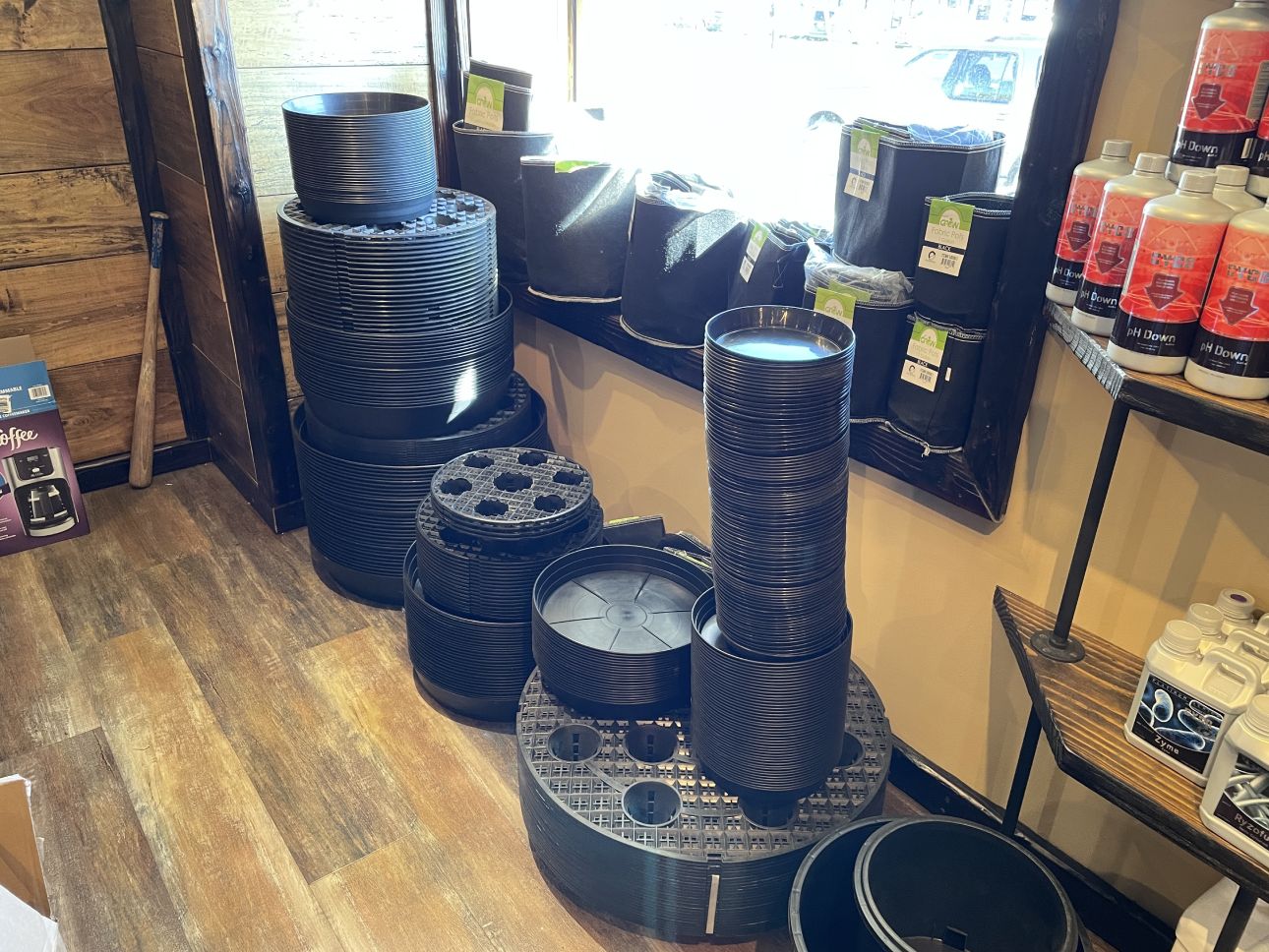Release Your Green Thumb: The Indoor Earthworm's Planting Process Demystified
Release Your Green Thumb: The Indoor Earthworm's Planting Process Demystified
Blog Article
Unlocking the Potential of Hydroponics: Recognizing Its Uses and Various Kinds
Hydroponics, an approach of growing plants without soil, has amassed raising attention for its prospective to reinvent farming and cultivation practices. As we browse with the complex landscape of hydroponic systems and techniques, it comes to be obvious that each approach holds distinctive advantages and limitations.
Benefits of Hydroponic Systems

An additional advantage of hydroponic systems is the ability to expand plants in a smaller sized space. By getting rid of the need for soil, plants can be grown vertically or in stacked systems, optimizing making use of offered space. This is particularly beneficial in metropolitan locations or areas with restricted arable land. In addition, hydroponic systems decrease the danger of soil-borne conditions and insects, as there is no dirt to nurture these risks. This causes much healthier plants and reduces the requirement for dangerous pesticides, making hydroponic farming a much more sustainable and environmentally friendly alternative.
Common Utilizes in Agriculture

Provided the reliable water preservation and space-saving advantages of hydroponic systems, it is noticeable that these ingenious agricultural methods have located common uses in various fields of agriculture. The regulated setting of hydroponic systems makes it possible for year-round cultivation, offering a regular supply of fresh produce no matter of external weather condition problems.
Hydroponics is typically made use of for expanding a selection of crops, consisting of leafed environment-friendlies, tomatoes, cucumbers, herbs, strawberries, and peppers. Its versatility encompasses vertical farming, city farming, and greenhouse manufacturing. Furthermore, hydroponic systems are utilized in study and educational setups to study plant growth, nutrition, and growing strategies. The versatility and efficiency of hydroponics make it a useful device in modern farming, addressing the challenges of sustainability, food safety and security, and source optimization.
Exploring Different Hydroponic Strategies
Hydroponic systems supply an array of techniques that provide to various plant kinds and farming objectives. Additionally, the Ebb and Flow system, also known as the Flood and Drainpipe system, periodically floodings the plant origins with nutrient solution, permitting his comment is here for oxygenation during draining periods. Each of these techniques showcases the versatility and performance of hydroponic systems in boosting crop development and yield.
Comparing Numerous Hydroponic Solutions
Checking out the efficiency and yield enhancement techniques in hydroponics leads us to compare various hydroponic systems available for plant growing. Each hydroponic system has its one-of-a-kind functions, benefits, and constraints, making it crucial for growers to choose one of the most suitable system based upon their specific requirements and restrictions.
One of the most common hydroponic systems is the nutrient movie method (NFT), where a thin movie of nutrient solution continuously moves over the plant roots. In contrast, the deep water culture (DWC) system submerges plant origins straight into the nutrient solution, giving enough oxygen and nutrients.
One more preferred hydroponic system is the ebb and circulation (or flooding and drain) system, which occasionally floods the plant roots with nutrient option before draining it. By understanding the distinctions in between these hydroponic systems, cultivators can make educated decisions to maximize crop return and quality.
Developments in Hydroponic Innovation
One vital advancement is the advancement of smart hydroponic systems that use sensors and automation to keep track of and change ecological conditions such as pH levels, nutrient concentrations, and light exposure in real-time. These systems allow accurate control over expanding conditions, leading to ideal plant growth and greater crop returns.
An additional noteworthy advancement is the integration of upright farming methods check it out with hydroponic systems, enabling the cultivation of plants in piled layers. This vertical strategy makes best use of room use, making it optimal for metropolitan environments where land availability is restricted - The Indoor Earthworm. In addition, making use of innovative LED lights systems tailored to particular plant demands has boosted energy effectiveness and improved development prices in hydroponic arrangements
Technologies like these are driving the development of hydroponics, making it a lasting and extremely attractive choice for contemporary farming.
Final Thought
In verdict, hydroponics provides many advantages in agriculture and has various methods and systems that can be used to maximize its possibility. Developments in hydroponic modern technology proceed to improve performance and sustainability in food manufacturing. By understanding the usages and different kinds of hydroponic systems, farmers and cultivators can open the full possibility of this ingenious technique of growing plants without dirt.
In addition, hydroponic systems permit for much better control over nutrient degrees, pH balance, and ecological problems, leading to healthier plants and higher returns.

Report this page